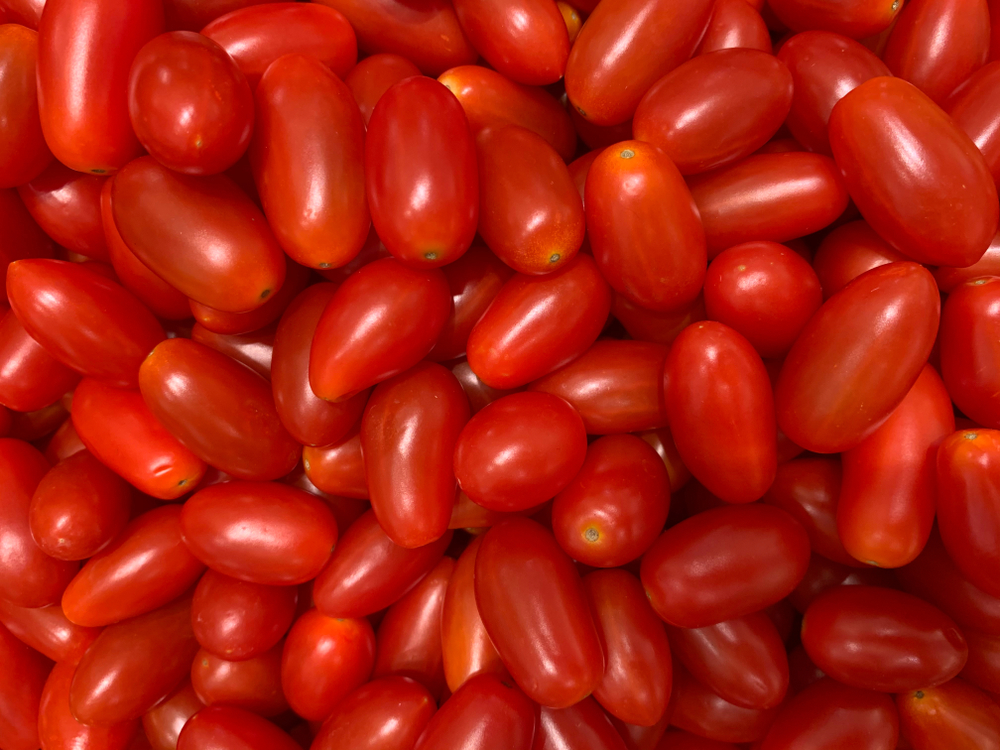

Proton NMR Identifies Stable Lycopene Capsule Formulations
“The results of this work can contribute to the selection of excipients to formulate alginate beads containing not only lycopene but also labile biomolecules, being a starting point for technological applications.”
Lycopene is a naturally occurring red carotenoid pigment with strong antioxidant properties. It is present in tomatoes, watermelon, pink grapefruit, pink guava, and papaya and has been shown to reduce the risk of developing some serious diseases, including prostate cancer and cardiovascular disease.
There is a strong desire to use lycopene as a nutritional supplement to reduce the damage caused by the accumulation of free radical by-products within the body. However, this is not a straightforward endeavor since lycopene is highly unstable in normal environmental conditions, reacting on exposure to heat and light.
The encapsulation of lycopene is being explored to increase its stability during storage and processing. Encapsulation involves including the unstable compound within a carrier material that affords protection from the environment.
Since the key applications of encapsulated lycopene are likely to be within the pharmaceutical and food industries, a non-toxic carrier material with low immunogenic potential is required for the encapsulation.
One of the most attractive options currently being investigated is the simple and mild aqueous calcium alginate-based gel. However, this capsule has the disadvantage of providing little protection against low temperatures and low humidity, both of which are detrimental to the quality of lycopene.
Freezing and dehydration are commonly used to enhance conservation in both the pharmaceutical and food industries. The use of cryoprotectants and dehydroprotectants within the capsule is thus being explored as a means of ensuring the continued antioxidant activity of lycopene after processing and storage.
A recent study examined the extent to which the potential additives trehalose, b-cyclodextrin, chitosan, pectin, and arabic gum can protect lycopene contained within calcium-alginate beads. The efficacy of the formulation was analyzed in terms of the lycopene content and its stability, as well as the physicochemical properties of the encapsulated systems.
Low-field proton nuclear magnetic resonance measurements, proton transverse relaxation times and diffusion coefficient were evaluated using specific pulse sequences on a Bruker minispec mq20 spectrometer. In the isothermal studies, the temperature was controlled using a Bruker BVT3000 unit.
The results showed that lycopene encapsulated in alginate alone suffered a severe loss in activity during processing. This detrimental effect was markedly reduced by the addition of trehalose with b-cyclodextrin and arabic gum to the encapsulation system.
Inclusion of these protective additives saved more than 80% of the lycopene content after freezing and drying. This was achieved irrespective of the freezing or drying protocols to which the encapsulated lycopene was subjected.
The presence of trehalose (with or without the other excipients) within the capsule reduced the amount of water present, and this, in turn, reduced the time required to achieve 50% of crystallization during freezing.
Alginate encapsulation with the addition of trehalose and b-cyclodextrin and arabic gum thus appears to be an appropriate means by which active lycopene can be delivered without degradation from exposure to the environment despite being subjected to thermal and hydric stress.
Reference:
Aguirre Calvo TR, Santagapita PR, et al. International Journal of Food Science and Technology. 2018; DOI: 10.1111/ijfs.13946.


